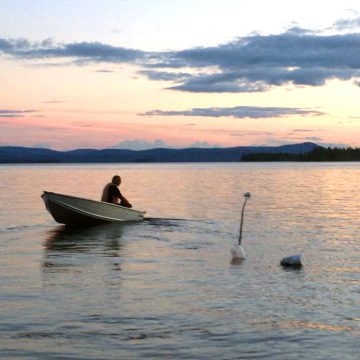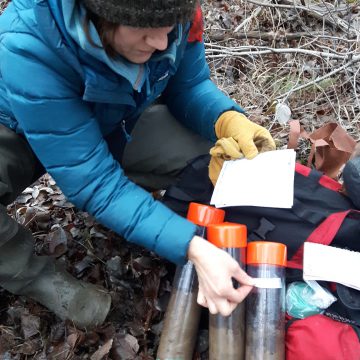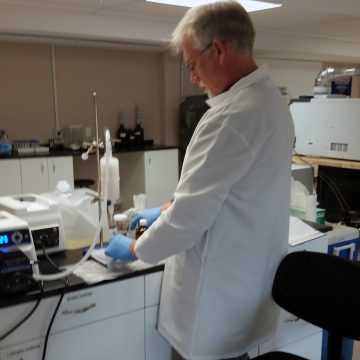 “I am extremely excited that we have assembled our team and are getting started with the work of the IEAC. The experts that were nominated by the IEAC Oversight Committee have a broad range of expertise and I look forward to working with them on this important project.”
“I am extremely excited that we have assembled our team and are getting started with the work of the IEAC. The experts that were nominated by the IEAC Oversight Committee have a broad range of expertise and I look forward to working with them on this important project.”
Dr. Ken Reimer, Chair, IEAC
August 22, 2017
Mission
The mission of the IEAC is to independently assess the adequacy of mitigation, monitoring and management of the Lower Churchill Project, and to provide recommendations to the Responsible Ministers with respect to the protection of the health of the Indigenous and local population impacted by the Lower Churchill Project, with particular focus on methylmercury in the Churchill River and downstream.
Mandate
- To use the best available scientific research and Indigenous knowledge to assess and limit methylmercury impacts. Options for consideration include, but are not limited to, further clearing of the Muskrat Falls Reservoir.
- To review all monitoring plans and results to inform mitigation of methylmercury impacts
- To direct research activities and recommend additional monitoring and mitigation measures where required for the protection of the health of Indigenous and local populations.

Objectives
- To review and direct scientific and Indigenous knowledge research that will help us make evidence-based recommendations for the protection of health of the Indigenous and local populations who harvest and consume country foods in the Churchill River and Lake Melville.
- To review human health monitoring plans and, if necessary, recommend additions or changes to those plans that will make them robust and integrated, and result in the protection of human health as it relates to the exposure to methylmercury.
- To review the results of all monitoring plans, measures, and programs, and all relevant research, studies and assessments that relate to the protection of human health.
- To make recommendations to the responsible Ministers and regulators regarding mitigation, monitoring and management measures that will protect the health of the Indigenous and local population who harvest and consume country foods in the Churchill River and Lake Melville.
How does the IEAC work?

The IEAC is made up of an Independent Chair, an Oversight Committee (OC) and an Independent Expert Committee (IEC).
The Independent Chair organizes and presides over meetings of the OC and IEC and ensure that the IEAC meets its objectives. The Chair is assisted by a Research Director and an Administrative Assistant, who run our office located in Happy Valley-Goose Bay.
The Oversight Committee consists of the Independent Chair and a representative of each of the following groups:
- Nunatsiavut Government
- Innu Nation
- NunatuKavut Community Council
- Affected Municipalities
- Provincial Government (non-voting)
- Federal Government (non-voting)
- Nalcor (non-voting)
The Oversight Committee operates by consensus of all members, including non-voting members, as may be possible. Where no consensus can be reached, dissenting opinions of all members, including the non-voting members, are attached to the majority vote. The Independent Chair votes only in the event of a tie.
